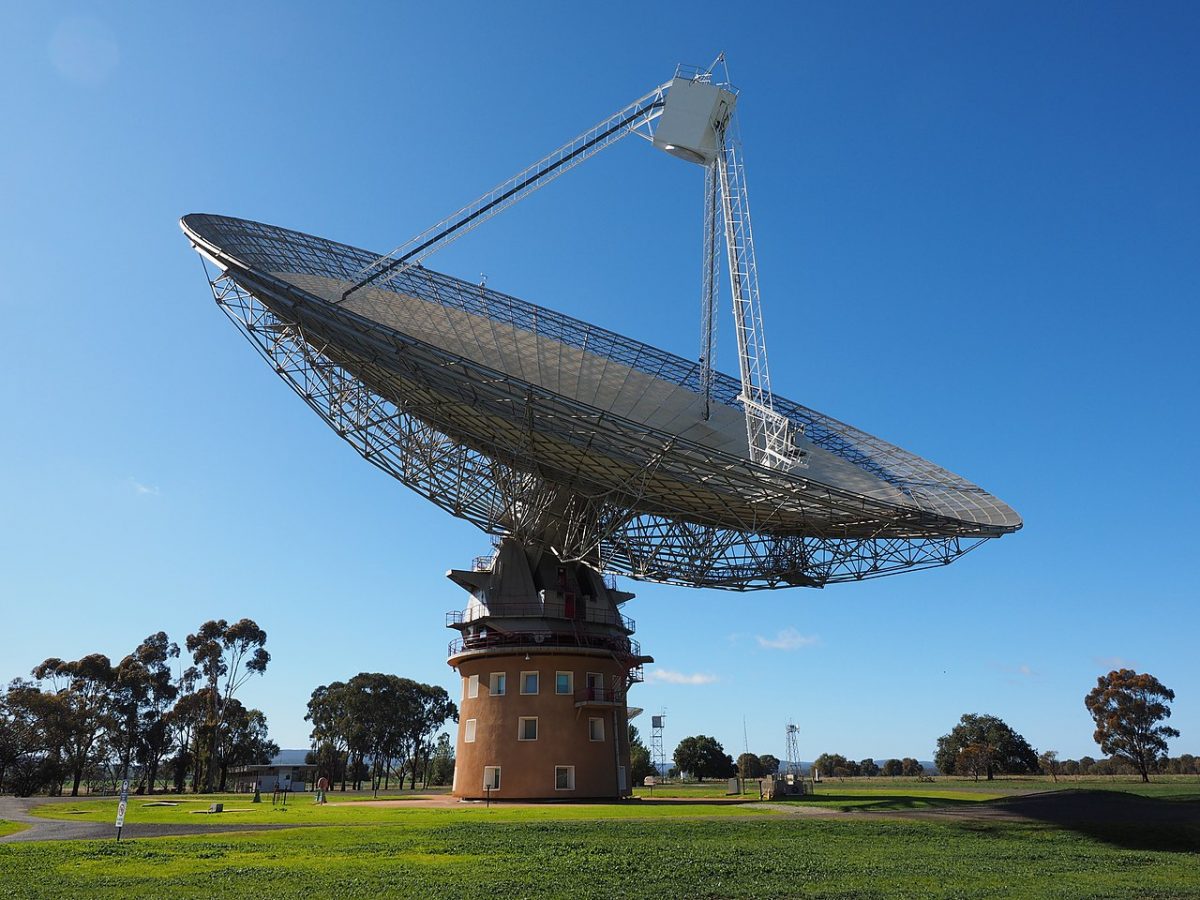Imagine farmers, growers, and food producers demonstrating the attributes of their products.
Imagine them showing how they comply with food safety standards, environmental management expectations, social responsibility, animal welfare standards, product traceability and provenance.
Now, imagine farmers doing this without filling in forms and maintaining binders of paper documentation.
You may say I’m a dreamer,
John Winston Lennon
But I’m not the only one…
We recently worked with a group of Australian red meat and wool organisations, as well as technologists, auditors, and producers, exploring how data exchange technologies could reduce duplication of effort in sheep farming compliance. One of the experiments in the Australian AgriFood Data Exchange programme, our exploration of sheep compliance was intended as a model of how technology could impact compliance across many areas of agricultural and agri-food.
In some ways we only scraped the surface with a couple of months of prototyping using our Pure Farming agricultural data platform and a white-label product for managing compliance evidence, AgAssure.
What was much more interesting was insights we gained from the co-design workshop with industry experts, and the follow-up interviews with producers, auditors, and supply chain businesses.
Too often when we implement digital solutions, the first thing that gets created is a shiny new digital form for producers that mirrors the paper declarations and documents we used previously. Oh, its mobile friendly and maybe it uses digital signatures, but it still requires producers to collect and enter data. Only now they get to do it over slow rural networks rather than a quick scribble with pen and paper.
Could we really leverage technology to demonstrate compliance and measure farming achievements without making farmers and growers fill in more forms?
What if completion records from on-line and in-person staff training events could be automatically gathered to show competence, training, and social responsibility in the workplace?
How about high-resolution satellite data becoming evidence for land areas that are being reserved and planted to enhance environmental outcomes and biodiversity. Sound a bit like “big brother”? Potentially, but maybe not if producers actively chose to present that evidence?
Ceres Tag and other companies are already working on livestock technologies that demonstrate location history and provenance without the same need for manual movement recording.
Other sensor-based technologies – as connectivity challenges are resolved and scale reduces costs – will support monitoring of animal welfare, water use and water quality. Devices on spray units and spreaders will evidence agrochemical use, and mobile apps or smart livestock devices will record proactive livestock health treatments.
What remains is bringing this all together so that producers and their audit programmes don’t have to do the electronic equivalent of hunting through the paper binders in the farm office. And providing producers with control so that they opt into how the collected data supports the certification and compliance programmes in which they are members.
Plenty to do, and many challenges to solve. But as Julie Pierce at the UK Food Standards Agency says, “Let’s be really different; let’s go beyond merely automating the status quo.”
Image attribution: Nick-D via Wikimedia Commons
Are you one of those dreamers? Have technology, ideas or needs to contribute? Let us know below:

